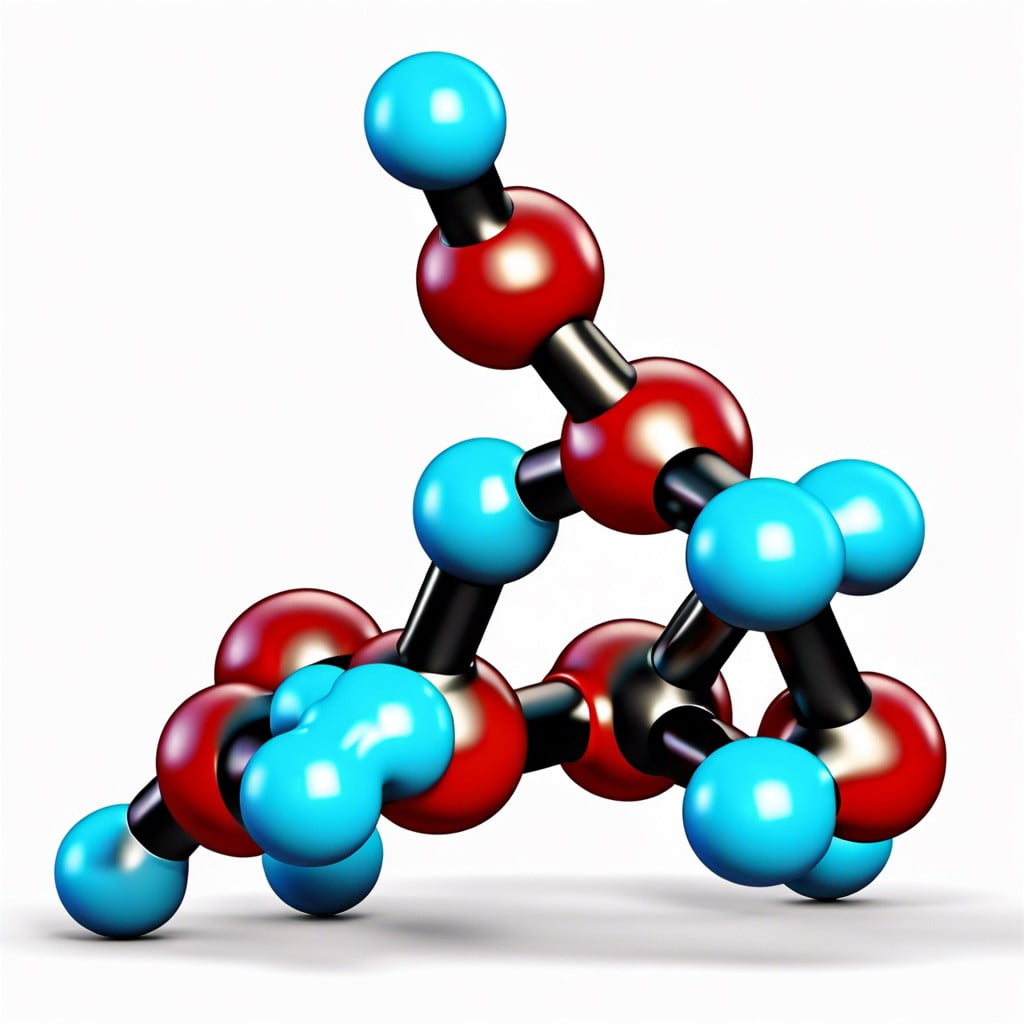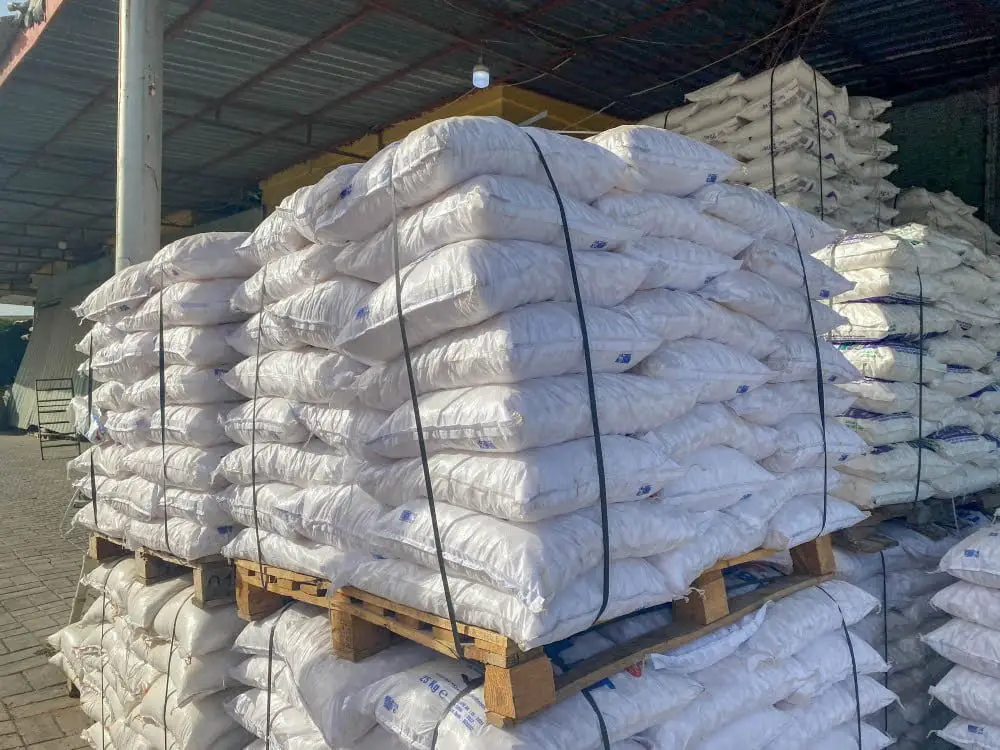Polymers, those fascinating building blocks of many materials, are simply long chains of repeating molecules that can be found in everything from plastic bottles to your dinner plate.
Key takeaways:
- Polymers are like chains made of repeating molecules.
- They can be natural or synthetic materials.
- Common examples include plastic bottles, Teflon, polyester, and rubber bands.
- Polymers have properties like flexibility, strength, and chemical resistance.
- They have numerous applications in construction and everyday life.
What You Will Learn
Definition of Polymer

Polymers are like chains made of many links. The links are small molecules called monomers. When these monomers join together, they form a big molecule – a polymer. Think of it as a necklace, where each bead is a monomer, and the entire necklace is a polymer.
Most polymers are long and flexible. This flexibility is why we find them in so many everyday items.
- Polymers can be natural, like the rubber from trees.
- They can also be synthetic, like plastic bags.
In summary, polymers are big molecules made of repeating smaller molecules. These large chains of monomers give us many useful materials. They can be molded, stretched, and even bounced! Imagine that—a necklace made of tiny molecular beads, giving you everything from car parts to comfy socks.
Common Examples
Let’s dive into some common examples you might bump into daily.
First up, plastic bottles. Yes, those trusty companions you tote around filled with water or soda are made from a polymer called PET, or polyethylene terephthalate, if you’re feeling like a show-off at parties.
Next, consider Teflon. Your grandma’s secret weapon for perfect pancakes. Teflon is a polymer known scientifically as polytetrafluoroethylene, which is just a fancy way of saying, “nothing sticks to me.”
Don’t forget the comfy fleece jacket you wear. That coziness is thanks to polyester, another well-loved polymer.
Lastly, let’s not overlook the humble rubber band. Stretchy and reliable, it’s made from natural rubber, derived from polymer chains in tree sap. Who knew tree goo could be that useful?
From water bottles to fashion and fry-pans, polymers are everywhere, quietly making life easier and comfier without demanding a standing ovation.
Properties
Polymers are like the Swiss Army knives of materials. They come with an array of fabulous properties that make them super versatile.
First off, they’re generally lightweight. Imagine carrying around a small elephant instead of a plastic bottle. Exactly, no thanks. This makes them ideal for various applications where weight is a concern.
Next up, they can be incredibly strong and durable. While we don’t recommend testing them by trying to stop a speeding train, the tensile strength of many polymers can withstand considerable stress. This is why they are used in everything from construction beams to bulletproof vests.
They are also quite flexible. Think of a plastic bowl that bends when you push on it but doesn’t snap. Yep, this flexibility makes polymers useful in products that need to bend or stretch without breaking.
Chemical resistance is another superpower. Polymers can stand up to many acids, bases, and other chemicals that would turn other materials into goo. This makes them perfect for things like piping or storage tanks in industrial settings.
And let’s not forget thermal insulating properties. Polymers can keep things hot or cold, explaining why your coffee stays warm in a plastic travel mug and why coolers are, well, cool.
Lastly, polymers can be transparent or opaque. From crystal-clear eyeglass lenses to the colorful plastic bins in your garage, there’s a polymer for that.
With these properties, it’s no wonder polymers are everywhere, from your kitchen to outer space.
Applications
From piping to packaging, polymers are everywhere. They make things stronger, lighter, and sometimes even waterproof. Imagine a world without plastic water bottles, insulation, or even your car’s bumper. That’s polymers working their magic.
In construction, they’re practically superheroes. PVC pipes ensure reliable water systems. Insulation foam keeps houses warm and cozy, like a thermal blanket. Polymer-based paints? Oh yes, they guard walls against the whims of weather.
But wait, there’s more. How about flooring? Vinyl flooring is durable, easy to clean, and yes, stylish too. Roof membranes made from polymers protect buildings from leaks like an umbrella in a rainstorm. And don’t forget sealants and adhesives. They keep everything snug and secure, from windows to tiles.
Builders and architects think of polymers as their secret weapon. Lighter than traditional materials and often more durable, they’re a win-win. Plus, with innovation continually on the rise, who knows what fantastic polymer product will pop up next? House that repairs itself, anyone?
Brief History of Polymer Development
Once upon a time, humans were content with natural materials like wood, stone, and metal. Then came the late 19th and early 20th centuries, and voilà—synthetic polymers burst onto the scene. The invention of Bakelite in 1907 marked the dawn of the age of plastics. Imagine it as the superhero origin story for materials.
Fast-forward to the 1930s and 1940s, when nylon and polyethylene elbowed their way into the spotlight. Nylon was the rockstar of stockings and parachutes, and polyethylene became the swiss army knife of packaging films.
By mid-20th century, scientists began acting like magicians, concocting an array of polymers for different needs. Polypropylene, polystyrene, and PVC showed us just how versatile these materials could be. Today, our relationship with polymers is almost like a second marriage—they’re a part of nearly everything we do.
It’s been a rollercoaster of innovation and discovery, leading us to the clever and essential materials we use every day. Pause and give a nod of appreciation the next time you unwrap some food or wear your cozy fleece jacket!
Related reading:





